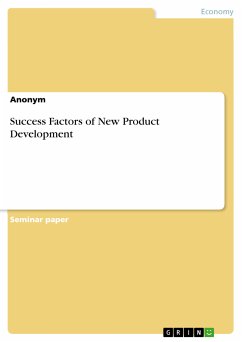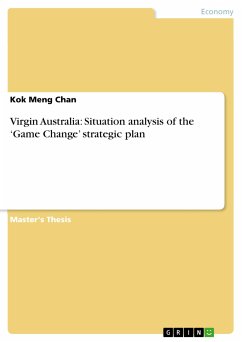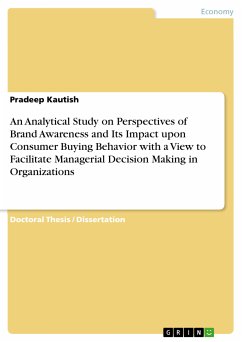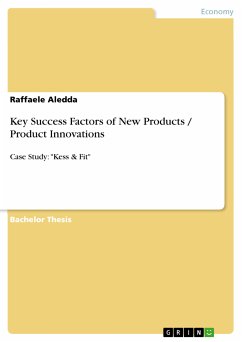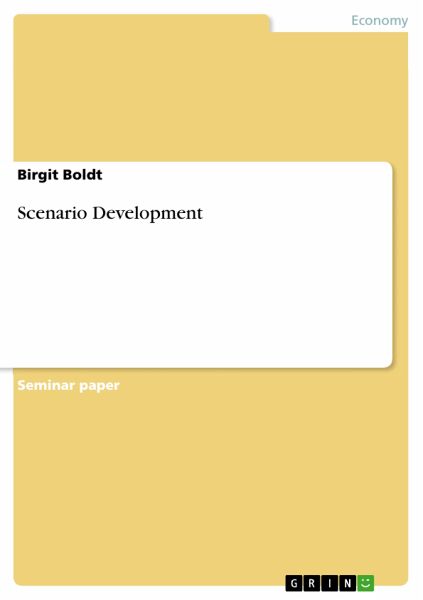
Scenario Development (eBook, PDF)

PAYBACK Punkte
0 °P sammeln!
Seminar paper from the year 2003 in the subject Business economics - Offline Marketing and Online Marketing, grade: Good, Kiel University of Applied Sciences (Economics), course: Strategic Marketing, language: English, abstract: There are many different methodologies for assessing the future environment of an enterprise. But it is quite difficult to anticipate the future development successfully. Three examples illustrate this problem: . "In 1943 Thomas Watson, who was then chairman of IBM, forecast a world market for about five computers. . In 1970, Ken Olsen, founder of Digital Equipment Cor...
Seminar paper from the year 2003 in the subject Business economics - Offline Marketing and Online Marketing, grade: Good, Kiel University of Applied Sciences (Economics), course: Strategic Marketing, language: English, abstract: There are many different methodologies for assessing the future environment of an enterprise. But it is quite difficult to anticipate the future development successfully. Three examples illustrate this problem: . "In 1943 Thomas Watson, who was then chairman of IBM, forecast a world market for about five computers. . In 1970, Ken Olsen, founder of Digital Equipment Corporation, said no one needed to have a personal computer at home. (Of interest is that Ken¿s company was purchased by Compaq - one of the leaders in home computers). . In 1981, Microsoft¿s founder Bill Gates said that 640K would be enough memory for anyone. (Microsoft was also slow to take advantage of the early Internet - releasing Internet Explorer in August 1995, well after Netscape Navigator, which had taken a dominant lead in the early browser market.)" These examples show that it can have disadvantageous consequences to rely on one apparently safe forecast. Scenario planning is a technique that allows to operate in planning with more than one possible future. This treatise describes the very interesting methodology of scenario development and demonstrates how to use it in an eight step procedure. Concluding, it shows how the oil company Shell had a remarkable success in the 1970s by using scenario planning and gives an assessment of this remarkable technique.
Dieser Download kann aus rechtlichen Gründen nur mit Rechnungsadresse in A, B, BG, CY, CZ, D, DK, EW, E, FIN, F, GR, HR, H, IRL, I, LT, L, LR, M, NL, PL, P, R, S, SLO, SK ausgeliefert werden.




